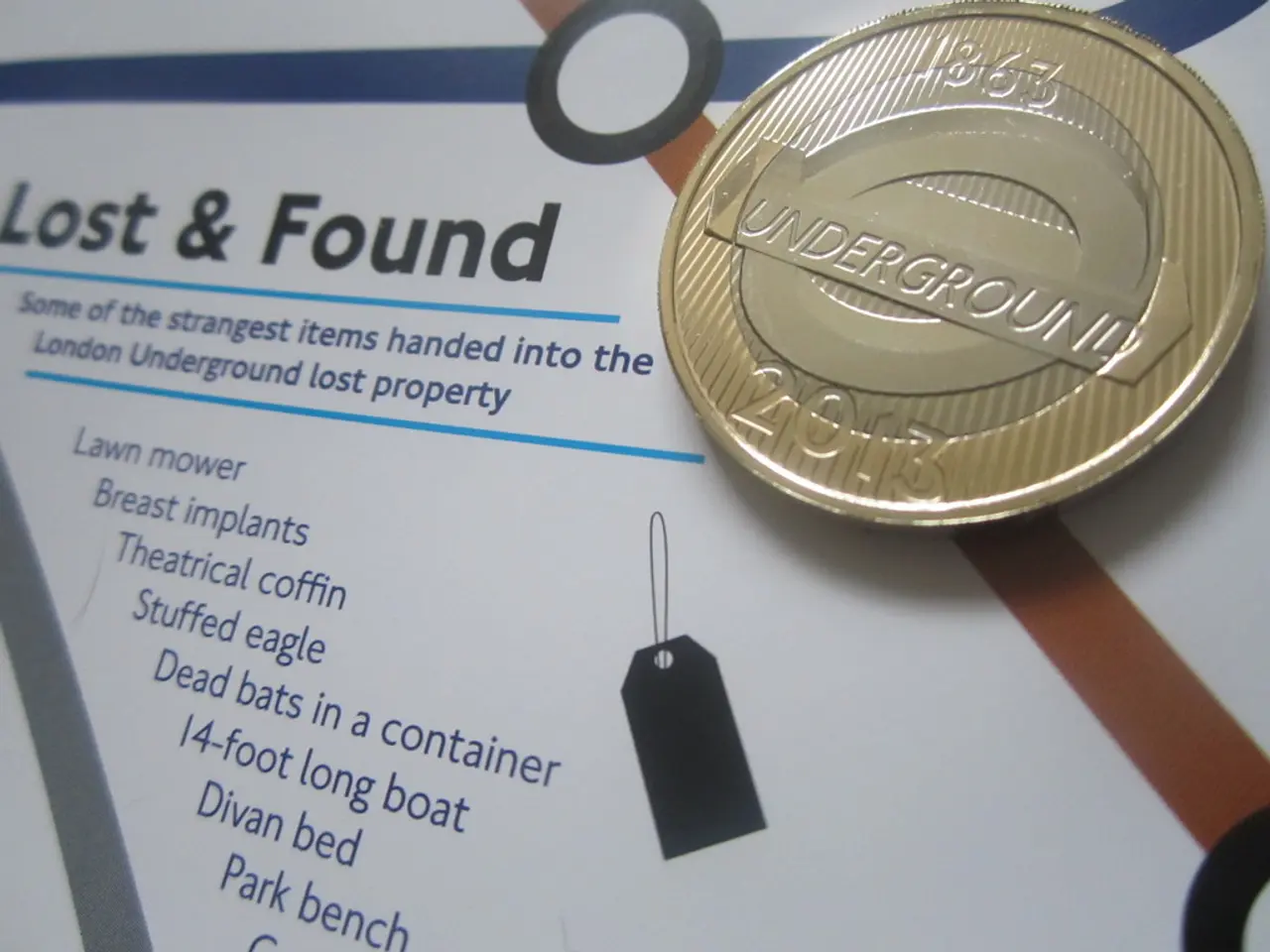Sibos 2024 Announcements: Significant News, Agreements, and Declarations
Headline: Sibos Conference Highlights Global Trends in Cross-Border Payments
The annual Sibos conference, held this week in China, brought together financial leaders from around the world to discuss the latest developments in cross-border payments. One of the key themes that emerged was the importance of collaboration and interoperability, as emphasized by the Deputy Governor of the People's Bank of China, Lu Lei.
In line with this emphasis, TerraPay has announced a collaboration with Tenpay Global to enable international transfers to one billion Weixin and WeChat users in China. This partnership is just one example of the growing trend towards increased collaboration in the cross-border payments market.
According to recent reports, the cross-border payments market is expected to grow significantly in the coming years. The entire market was estimated at $194.8 trillion in 2024, with non-wholesale payments accounting for about $40 trillion. Digital cross-border remittances alone are forecast to grow from $295 billion in 2021 to $428 billion in 2025.
Trends show a rapid move away from cash towards real-time payments (RTP), which grew 42% in 2024 and are projected to exceed 25% of electronic payments by 2028. APIs and open banking are major drivers of innovation, enabling seamless platform integration in cross-border payments.
Emerging technologies like blockchain, stablecoins, Central Bank Digital Currencies (CBDCs), AI, and machine learning are reshaping settlement speed, transparency, fraud detection, risk management, and compliance within this market. Despite a large total market size, stablecoins currently represent less than 1% of cross-border payments but have a significant total addressable market, especially in emerging markets where cross-border payments often incur high fees and delays.
For small and medium-sized enterprises (SMEs), cross-border payments remain costly and slow. A Mastercard study highlights that in Latin America and the Caribbean, SMEs face fees up to 23.3%, payment delays often exceeding 4 days, and limited transparency—pointing to a need for system redesigns to better support SMEs internationally.
Banks are evolving their cross-border payment infrastructure to address growing complexity, volume, and competition. They are leveraging technology improvements that open access to cross-border payment options for more financial institutions beyond major banks.
Thunes has rolled out a QR code solution to help foreign travelers make payments to vendors across China. Mastercard has launched a new product called Mastercard Move Commercial Payments, which integrates with Swift's network and aims to facilitate near real-time payments 24/7. The People's Bank of China has taken steps to make it easier for foreign parties to invest in the country's financial system.
Swiss banking software provider Temenos has launched a new software-as-a-service solution for cross-border payments. The new solution is intended to help fintechs quickly launch low-cost remittance services. HSBC has launched a solution to help banks enable merchants to easily receive EUR and GBP payments to local bank accounts.
In a Forbes interview, key figures at Mastercard discussed the new solution designed to tackle key pain points in corporate payments. Swift's market size data was featured in reports launched by EY and Citi during the conference. The central bank of China continues to promote a collaborative approach in the global financial sector.
For those interested in gaining a deeper understanding of the cross-border payments ecosystem, several key recent reports and sources provide comprehensive insights on market size, trends, technologies, and challenges. These sources include FXC Intelligence, Aevi newsroom, Mastercard reports, Juniper Research, Finastra viewpoints, and reports launched by EY and Citi during the conference.
Business technology is reshaping cross-border payments, with APIs and open banking enabling seamless platform integration. The growing trend towards increased collaboration in the cross-border payments market is evident in the TerraPay-Tenpay Global partnership, which aims to enable international transfers to one billion Weixin and WeChat users in China.
Finance professionals are keener than ever on the potential of emerging technologies like blockchain, stablecoins, and Central Bank Digital Currencies (CBDCs) to improve settlement speed, transparency, and risk management within the cross-border payments market.




